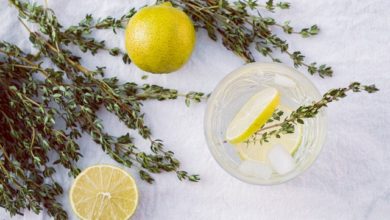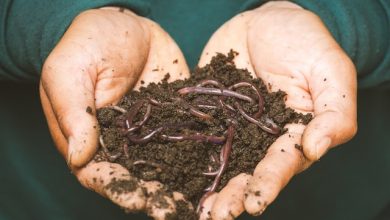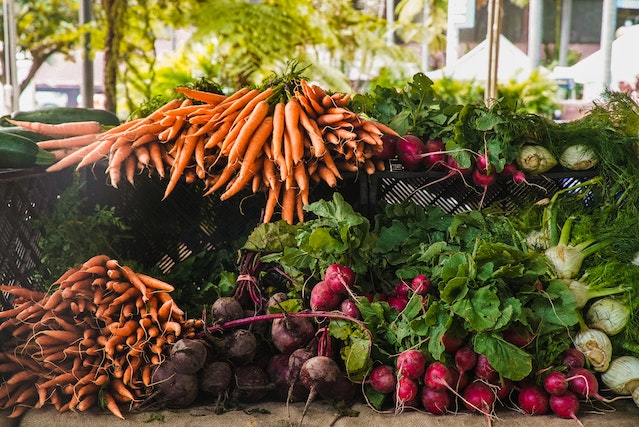
Planting for Winter Vegetables
What are winter vegetables?
Because they enjoy the chilly weather, winter veggies are those that are planted and harvested when the temperatures start to drop.
The one thing all of the vegetables on our list have in common is that they simply taste better in the winter. Some of the vegetables on our list are more adaptable than others, so they may be found at different seasons of the year.
Preparing Your Winter Vegetable Garden
Even though winter gardens pose a few particular difficulties, they are significantly less demanding than summer gardens.
The majority of plant illnesses cannot survive the winter because of the cold, and pests are hibernating. Once they stop consuming nutrients from the soil and stop experiencing active growth, plants do not require much water. That means a winter garden virtually never needs to be watered, fertilized, or treated for pests.
Winter vegetables can, however, freeze easily.
A thick membrane inside of plant cells is referred to as the cell wall. When plants are turgid, or fully hydrated, the cells are so full of water that they are prone to bursting when the temperature drops below freezing. This is because the water inside the cells freezes and expands.
Most vegetables are unaffected by light frost, but a heavy freeze will cause the cells to burst in the leaves, turning them into green sludge. There are a few ways to guard against harm to winter vegetables, including: –
• Before a freeze, surround plants with straw. As required, pull back the straw to harvest.
• Create a cloche, or mini-greenhouse, over individual plants using repurposed milk jugs or jars.
• Cover vulnerable plant areas with permeable white material called frost cloth.
• To create miniature greenhouses, construct frames out of wood or metal and attach plastic sheeting or frost cloth to them.
Soil Preparation for Winter Vegetables
In order to prepare the soil for winter vegetables, which do not require heavy feeding, it is more important to prepare a soft seedbed and remove any dead plant matter.
A piece of a garden plot should be cleared if it has finished producing for the season.
Compost should be layered on top and well-combined.
For planting, rake the seedbed.
Even though plants won’t need much water or nutrients once the Persephone Period starts, most winter vegetables benefit from sowing in a few inches of compost first.
Once plants stop actively growing, compost continues to give fertilizer for the remaining few weeks of growth while also acting as insulation from cold temperatures and a moisture-holding medium.
Before the first frost, winter vegetables need to establish a strong root system. Compost makes ensuring the soil is rich, and well-drained, and keeps moisture for winter development.
Hardy Winter Vegetables to Grow
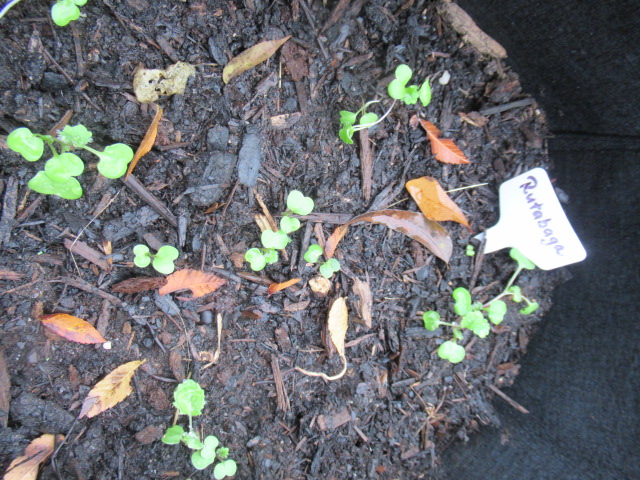
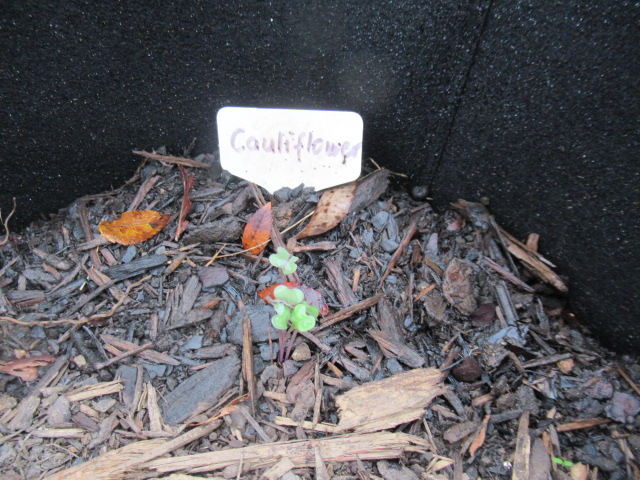
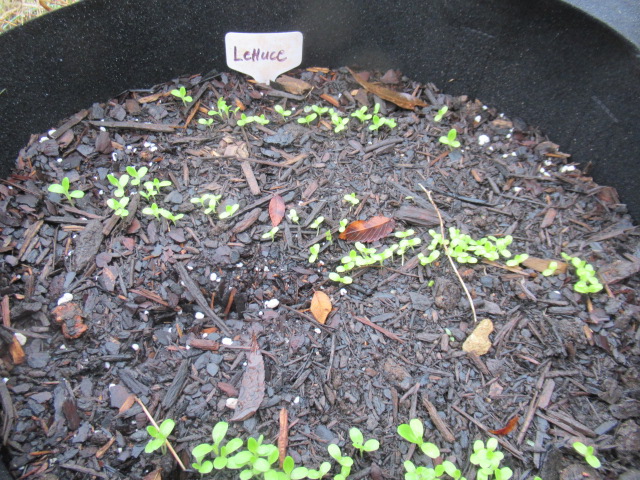
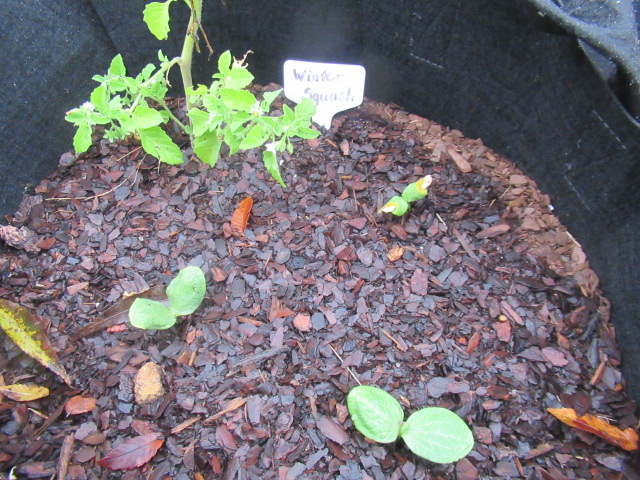
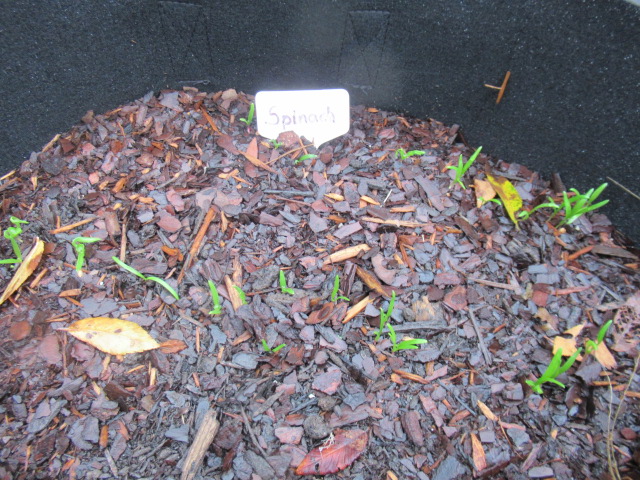
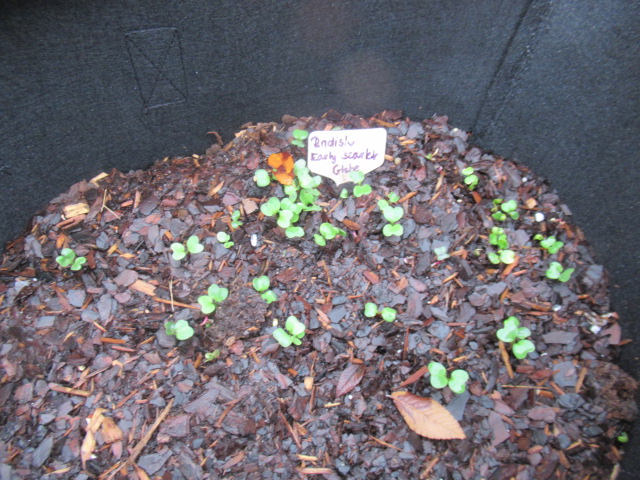
1. Kale
This leafy green, a member of the cabbage family and a cruciferous vegetable, is available all year but does best in chilly climates.
Kale is also one of the vegetables on our list with the highest nutritional density: It has outstanding amounts of vitamins K, A, B6, and C on top of being a great source of fiber and calcium. Your body will reward you whether you eat it raw in a kale salad or sautéed for a nutritious side dish.
2. Parsnips
Since parsnips become sweeter when temperatures drop, winter is the best time of year to harvest this root vegetable. Parsnips are naturally sweet, and they also have a mild earthy flavor that goes well with the heavy foods of the season.
They are also a fantastic source of soluble fiber, the vitamins C, B, and E, as well as minerals like manganese, potassium, and magnesium.
To put it another way, it would be recommended to consume parsnips all winter long. This is one adaptable and delightful vegetable; try them blended into a soup, baked in a cake, or just roasted.
3. Collard Greens
These bitter greens, which are a mainstay of Southern cuisine and are related to kale and cabbage in both bitterness and flavor, are also known as cabbage.
Collard greens can withstand the cold and, in fact, benefit from the onset of cold weather by improving their flavor. (Hint: extended cooking periods also benefit.) That collard greens pack a powerful nutritional punch definitely isn’t a surprise.
Since collard greens have a high calcium content as well as considerable amounts of iron, vitamin c, and vitamin K, their bitter flavor is actually a result of this.
4. Brussels Sprouts
In addition to being members of the same cruciferous family, they also resemble adorable baby cabbages.
Yes, we are referring to brussels sprouts, a mild-flavored wintertime staple that is delicious when on its own or when incorporated into a variety of dishes, from creamy casseroles to hearty winter pasta dishes.
Brussels sprouts are, indeed, a crowd-pleaser regardless of how you prepare them, and they are also nutrient powerhouses. Enjoy them to the fullest and you’ll receive a substantial dosage of the vitamins A, B, C, and K as well as a ton of fiber.
5. Swiss Chard
Another winter green that is loaded with health advantages, including a full day’s worth of vitamin K in a single serving as well as vitamins A and C. Best of all,
Swiss chard has a mild, sweet flavor with only a tinge of bitterness, which makes it an easy pick for anyone seeking to avoid winter weight gain. It also has very few calories.
6. Carrots
You can eat this common root vegetable all year round, but the winter is when they really shine because the cold weather makes them even sweeter.
Eat a raw carrot whenever you want a nutritious snack and a significant amount of vitamin A. They also make a nutrient-dense addition to hearty winter stews.
7. Broccoli
Since this cruciferous vegetable can be seen on the menu all year long, you might not think of broccoli as a winter food. Having said that, broccoli, like other members of its family, does like chilly conditions; as a result, you will find that this nutrient-rich, blooming vegetable has better flavor in the winter.
Additionally, there are a ton of different ways to use broccoli because of its versatility, which is great news given that broccoli is packed with vitamins and antioxidants that have a variety of health benefits, including lowering the risk of cancer, reducing inflammation, and enhancing digestive health, to name a few.
8. Radishes
Raw radishes have a flavorful crunch and a stinging peppery bite that make for a delicious snack, while roasted radishes have an earthy, mellow flavor that goes well with many winter recipes.
No matter how you prepare them, this colorful root vegetable will provide you with a ton of potassium, a good amount of vitamins B and C, and anti-inflammatory and antioxidant benefits on top of that.
9. Rutabagas
Rutabagas ought to acquire more recognition because they have a remarkable nutritional profile. Similar to the other cruciferous root vegetables on our list, rutabagas become sweeter as the season’s change and are at their best all through the winter.
Additionally, rutabagas are a rich source of vitamins and minerals. The two most abundant vitamins and minerals in rutabagas are vitamin C and potassium, which are both essential for maintaining good blood pressure and the immune system.
10. Turnips
Turnips and rutabagas are similar to one another and can be used interchangeably in most recipes because they are mild, sweet, and frequently disregarded.
Turnips are particularly wonderful when used as a potato or cauliflower substitute in a creamy gratin, and they may be crisped up as a healthier alternative to French fries.
These cruciferous gems are high in fiber, folate, cancer-fighting glucosamines, vitamin C, and K. They also include a lot of fiber and other nutrients that are good for your health.
11. Leeks
We cannot get enough leeks, especially in the winter when they are at their best. Leeks are essentially the soft-spoken cousin of the onion and resemble a large scallion.
The best part is that leeks have anti-inflammatory plant chemicals that are good for the skin, eyes, and immune system. Before cooking these fellows for a melty, mild-tasting, and healthful treat, be sure to clean them thoroughly to remove any grit.
12. Cauliflower
It is simple to see why everyone like cauliflower. This flowering cruciferous vegetable resembles broccoli in appearance and flavor, but it is not green, making it less likely to turn off sensitive diners. Its flavor is also softer and sweeter.
There are many ways to serve cauliflower so that everyone can appreciate its delicate, nutty taste and benefit from the cancer-fighting phytonutrients, fiber, and B-vitamins it contains. Cover it in cheese, toss it in pasta, or roast the entire head.
13. Winter Squash
Squash comes in a variety of varieties, and you can find them all through the fall and winter. Some examples include butternut, delicata, acorn, and kombucha.
Although some squash varieties have a milder flavor than others, all squash cultivars have some variation in their sweet, buttery, earthy flavor. Any gourd you can get your hands on will provide you with a boost of potassium, disease-fighting carotenoids, and vitamin A, which are all beneficial to your health.
14. Radicchio
Radicchio, a member of the chicory family, is extremely bitter and mildly spicy, therefore it isn’t for everyone.
Nevertheless, when added to salads, it offers a flavorful contrast to milder lettuces and is rich in magnesium thanks to its leaves.
It is worthwhile to try this winter vegetable because it contains potassium and the vitamins C and K, both of which are really beneficial to your health.
15. Cabbage
Despite how similar they may appear; this vegetable is not a sort of lettuce. Actually, cabbage is a cruciferous vegetable, belonging to the same family as kale, cauliflower, and a few other seasonal favorites.
One of the things that set cabbage apart from the competition is the enormous amount of vitamins C and K it contains in each serving.
The best thing is that cabbage is especially simple to include in a diet because, when cooked, its flavor is mild enough to blend into the background of almost any food.
16. Arugula
The flavor of this salad green is mildly spicy, but it gets spicier as the plant gets older. The brassica family includes arugula, sometimes referred to as a rocket. Arugula shouldn’t be planted in the same area as brassicas like kale, cabbage, broccoli, and others that were grown in the summer.
Special guidelines: The spiciness of arugula is subdued by winter’s chillier temperatures. Cooler temps impart a pleasant, crisp flavor to the greens without making them too strong.
17. Bok Choy
As a member of the brassica family, Bok choy is sometimes referred to as Chinese cabbage. Despite being termed a cabbage, it does not grow a head like other cabbages.
Instead, it develops a substantial stem covered with leafy material that is dark and crisp. The milder cabbage flavor of Bok choy is even more subdued when grown in the winter.
18. Endive
The family of chicory plants includes endive. Endive is a fantastic alternative for plots that have previously grown cabbage, broccoli, kale, or chard because they are not related to brassicas.
To minimize freezing damage, trim heads off at the base and cover the remaining stump with mulch.
As the evening temperature rises, remove the mulch to encourage the growth of new leaves. After the first frost of the season, endive might bolt, but this second growth stage might provide you with a few weeks’ worth of spring greens.
Make careful to mulch and water these plants with irrigation before the first period because endives prefer to be damp.
19. Onions
A crop with a wide range of uses and a longer shelf life is the onion. Plant seeds as early as possible to give the bulb ample time to form full onions.
When the onions are fully grown, they will remain healthy in the soil until you need them. To prevent the ground from freezing and make it easier to pick up the bulbs, cover the onion plot with a layer of mulch.
Onions will produce larger bulbs if they are spread further apart and smaller bulbs if they are crowded close together. The size of the bulb is determined by spacing rather than time.
20. Spinach
A particularly nutrient-dense brassica is spinach. While young greens are soft and sweet, as they ripen, they become stringy and harsh.
To grow spinach with a range of leaf diameters, plant it repeatedly up until 4 weeks before the first frost. Do not grow spinach in the same container as kale, cabbage, broccoli, or any other brassicas.
Up until four weeks before the first frost, sow spinach in successive rows. As a result, both mature and young greens will be available.
Winter Greens Do Not Grow Back, So Harvest Wisely
The majority of leafy plants will produce new leaves following a light harvest, keeping the plants in growth and preventing premature bolting. Winter greens, on the other hand, won’t grow back, so plant a few additional leafy plants and limit how much you pick at once.
Winter greens do not grow back but neither do they bolt nor do they get bitter, so only harvest what you will need in the next several days. Winter vegetable gardens are a great opportunity to test your gardening skills while boosting the effectiveness of your annual food patch.


